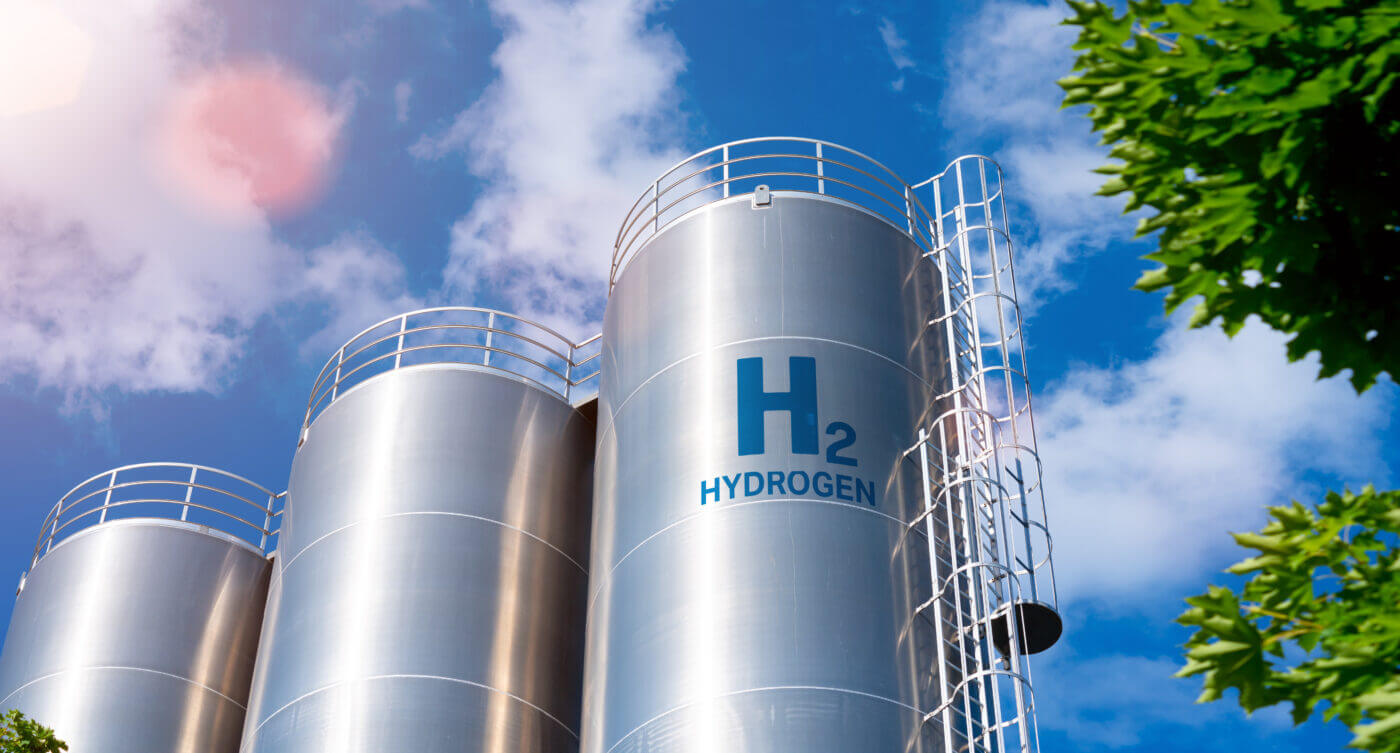
Carbon intensities of qualified clean hydrogen for 45V tax credits should be determined on a kilogram-by-kilogram approach
The Issue
Annual averaging disproportionately penalizes hydrogen producers that must temporarily produce hydrogen with higher emissions intensity to maintain stable operations for customers.
Clean hydrogen producers might temporarily produce dirtier hydrogen to continue stable supply to customers despite supply chain disruptions, such as during planned or unplanned maintenance or interruptions in clean electricity supply. Under Treasury’s proposed guidance, a clean hydrogen producer only needs to use grid electricity for 4 to 11 days (i.e., 1-3% of the year) for all hydrogen produced over the course of the year to drop out of the top tier of section 45V.1 This severely harms the economic viability of projects seeking to supply round-the-clock hydrogen to customers who need a steady supply, which include traditional hydrogen customers like refineries and chemical plants.
La soluzione
Use a kilogram-by-kilogram approach, as opposed to an annual average, to determine whether, and at what tier, hydrogen produced in a given year qualifies for section 45V.
The tax credit should be awarded using a two-step approach for determining lifecycle emissions:
- First, a hydrogen producer must meet an annual average of no more than 4 kg CO2e/kg H2 for all hydrogen produced to meet the statute’s definition of a “qualified clean hydrogen production facility.”
- Second, producers that meet the threshold should then calculate and credit each hour of hydrogen production from a facility separately.
This more granular approach allows each kilogram of hydrogen to earn the appropriate section 45V tax credit based on the specific lifecycle emissions during the hour it was produced.
Scenario
The proposed guidance penalizes clean hydrogen producers that must temporarily utilize grid electricity to avoid interruptions for their offtakers.
Customer A requires a round-the-clock supply of hydrogen to maintain its operations. Supplier B produces 10,000 kg/hour of hydrogen that qualifies for the top tier of section 45V and supplies all of it to Customer A. Supplier B incurs contractual penalties if there are gaps in supply, as this adversely affects Customer A’s operations. Unexpectedly, some of Supplier B’s electrolyzers require maintenance, reducing overall capacity. To avoid an interruption of Customer A’s operations and supply the contractual volume of hydrogen, Supplier B must run the functioning electrolyzers on grid electricity when clean electricity is not available.
Under the suggested two-step procedure, if Supplier B uses grid electricity for 6.6 days (1.8% of the year), the yearly average will still be below 4 kg CO2e/kg H2. Although Supplier B would not receive tax credits for the 1.8% of their production that was not clean, the remaining 98.2% would stay in tier 1 and receive $3.00/kg from section 45V. In total, Supplier B would earn $258 million in section 45V tax credits that year.
Instead, under Treasury’s proposed guidance, if Supplier B uses grid electricity for the same 6.6 days, all the hydrogen made that year drops from tier 1 of section 45V ($3.00/kg) to tier 2 ($1.00/kg). In total, Supplier B would only earn $87.6 million in section 45V tax credits per year. Therefore, Supplier B would lose out on $170.4 million that year due to the use of grid electricity 1.8% of the time, which was their only option to avoid shutdowns for Customer A and the resulting penalties for Supplier B.
1 See page 41 of CATF’s response to the IRS’s and Treasury’s request for comment on 45V.


